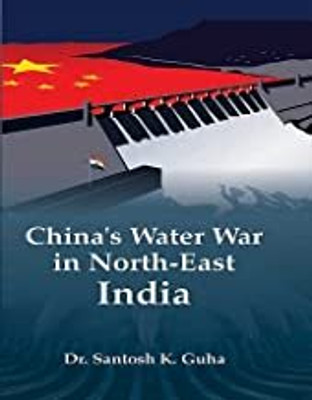China's Water War in North-East India(Hardcover, Dr. Santosh K. Guha)
Quick Overview
Product Price Comparison
The hydro electric projects overdrive in the north-east, and especially in Arunachal Pradesh, which shares its border with China, is seen as a strategic move to counter the potential impact of Chinese flow diversion through the dams it is constructing, considering that 50% of the river basin of Brahmaputra is in the Chinese territory. ChinaŌĆÖs grand plans to harness the waters of the Brahmaputra River have set off ripples of anxiety in the two lower riparian states: India and Bangladesh. ChinaŌĆÖs construction of dams and the proposed diversion of the BrahmaputraŌĆÖs waters is not only expected to have repercussions for water flow, agriculture, ecology, and lives and livelihoods downstream; it could also become another contentious issue undermining Sino-Indian relations. The idea of water wars to follow soon in the wake of oil wars has been around as another doomsday scenario for a while. But a dismissal of the scenario as something that has not materialised, and will not, has meant also an under-rating of the potential for conflict that continues to float around water sharing. The Himalayan water war will affect India and Bangladesh as both rely on the Brahmaputra's water for agriculture. Both India and Bangladesh worry that these dams will give Beijing the ability to divert or store water in times of political crisis. China steps up preparations for future water war with India. This book makes an interesting reading for historians, defence and policy analysts, researchers and general readers alike


